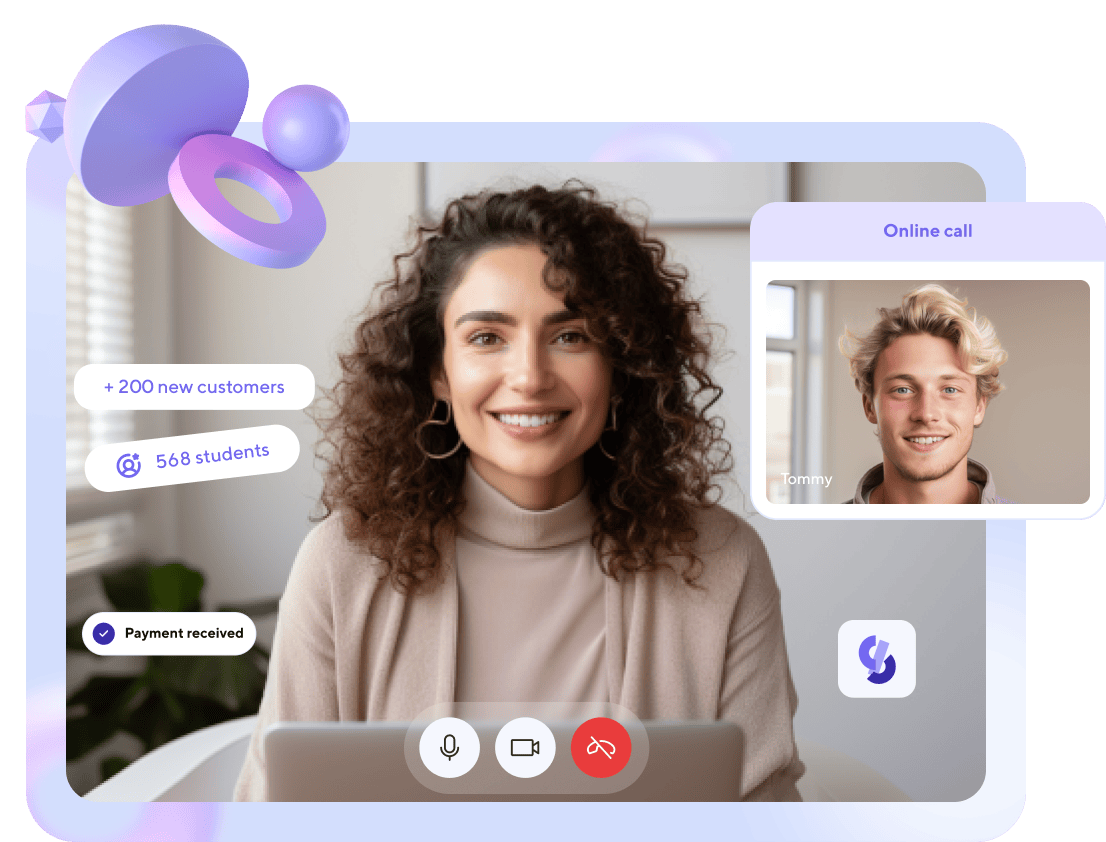E-learning Trends to Watch in the Next 5 Years

E-learning, once a supplementary mode of instruction, has seen unprecedented growth and adoption in recent years, particularly during the global events that highlighted the need for adaptable, scalable, and accessible learning solutions. As technology progresses and the global appetite for online education remains robust, several e-learning trends are poised to shape the educational landscape in the next half-decade. This comprehensive article will delve deep into these trends, providing educators, learners, and policymakers with insights to harness the potential of digital learning.
1. Adaptive Learning and Personalization
- What it is: Adaptive learning systems adjust the content, resources, and learning pathway based on the learner’s performance, preferences, and pace.
- Why it matters: Personalization in e-learning ensures that learners aren’t treated as a monolithic group. Everyone learns differently, and adaptive tools can cater to those unique needs, offering a more efficient and effective learning journey.
- The future: The next five years will see further sophistication in adaptive learning technologies, integrating AI and machine learning to predict and address learner needs with greater accuracy.
2. Augmented Reality (AR) and Virtual Reality (VR) in Learning
- What it is: AR overlays digital content on the real world, while VR immerses users in a simulated environment.
- Why it matters: These technologies provide experiential learning opportunities, making abstract concepts tangible and offering safe environments to practice skills.
- The future: As AR and VR tech becomes more affordable, expect a surge in its adoption, especially in fields like medicine, engineering, and history where simulation and immersion can drastically improve comprehension.
3. Microlearning
- What it is: Short, focused segments of learning, often spanning just a few minutes, designed for quick consumption.
- Why it matters: In our fast-paced world, learners often prefer bite-sized modules that they can consume during breaks or commutes.
- The future: Microlearning will expand beyond just corporate training, finding its way into formal education systems, skill-based tutorials, and more.

4. Lifelong Learning Platforms
- What it is: Platforms that provide a continuous learning journey, updating and adding courses based on career stages, skill needs, or personal interests.
- Why it matters: As the nature of jobs and careers evolve, professionals need ongoing education to stay relevant.
- The future: Platforms will integrate more with professional networks like LinkedIn, offering courses tailored to job market demands and individual career trajectories.
5. Gamification and Game-based Learning
- What it is: Incorporating game mechanics or actual games into the learning process to engage and motivate learners.
- Why it matters: Games can make learning fun, increase retention, and improve motivation.
- The future: Expect more sophisticated game designs that align closely with learning outcomes and a rise in multiplayer collaborative learning games.
6. Focus on Soft Skills
- What it is: Courses and modules developed to impart soft skills such as communication, empathy, leadership, etc.
- Why it matters: As automation and AI take over hard skills, soft skills become crucial for human-centric roles.
- The future: E-learning platforms will integrate soft skill training in diverse courses, not just keeping them as standalone modules.

7. AI-Driven Content Creation and Curation
- What it is: Using artificial intelligence to design and curate learning content.
- Why it matters: AI can analyze vast amounts of data to pinpoint what content works best for which learner, leading to better course designs.
- The future: AI will assist educators in real-time, suggesting content changes, quiz questions, or supplemental materials based on ongoing learner interactions.
8. Decentralized and Blockchain-based Certifications
- What it is: Using blockchain technology to issue tamper-proof certifications for e-learning courses.
- Why it matters: It adds credibility to e-learning credentials and simplifies the verification process for employers.
- The future: More institutions will adopt blockchain for their certification processes, leading to widespread acceptability of online course credentials.
9. Social Learning and Peer Interaction
- What it is: Platforms that integrate forums, video conferencing, and other tools to facilitate peer-to-peer interactions.
- Why it matters: Learning is often a social process. Peer interactions can solidify understanding, provide diverse perspectives, and enhance motivation.
- The future: E-learning platforms will increasingly resemble social media platforms, with live interactions, group projects, and peer reviews.
10. Mobile-First Learning
- What it is: Designing e-learning courses primarily for mobile consumption.
- Why it matters: With the proliferation of smartphones, learners are increasingly accessing courses on-the-go.
- The future: Course designs will be optimized for mobile screens, integrate with mobile features, and offer offline modes for seamless learning.
Conclusion
The world of e-learning is dynamic and ever-evolving, and the next five years promise transformative shifts. By embracing these trends, educators, institutions, and learners stand to gain immensely, ensuring that education is not just accessible and scalable, but also engaging, effective, and tailored to the unique needs of every learner. As technology continues its march forward, the fusion of pedagogy and digital innovation will usher in a golden era for e-learning.
Articles are good, but social media posts are faster!
Subscribe to us and be the first to receive tips and tricks
on promoting your online school!


Earn money on your knowledge and experience with
Softbook!
to the platform for setting up your own school!





